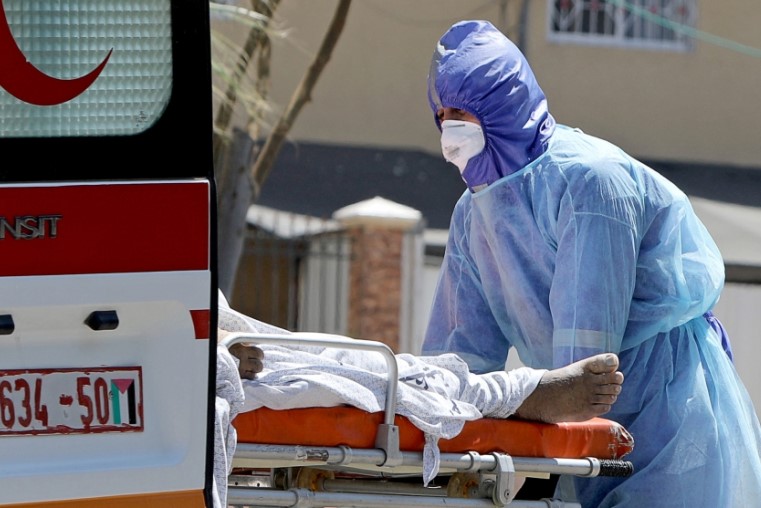
Access to care in Palestine: what are the differences between living in Gaza and living in rural areas?
Access to care in Palestine: the estimated population of Palestine is 4,780,978, with around 2,881,687 people living in the West Bank (5,655 sq. km) and 1,899,291 in the Gaza Strip (365 sq. km). The largest percentage of the population is under the age of 17 (43.9%). Males make up 51% of the population and females 49%.
The average family size is 5.1 people per household (4.8 in the West Bank and 5.6 in Gaza).
Around 78.3% of the population (excluding residents of East Jerusalem which follows Israel) has health insurance, 98.1% is educated.
Palestine, access to health services in the West Bank is restricted by the Israeli separation wall and checkpoints
Palestinian patients, health workforce, and ambulances are refrained from accessing referral hospitals in East Jerusalem, as entrance to the city is only possible for holders of Israeli-issued permits.
The process of obtaining a permit is complicated, and can result in delays or denial of care.
Gaza patients in need of specialized health care may also be denied care due to the closure of the Rafah border crossing with Egypt or the complicated process of passing through the border.
The Palestinian Ministry of Health (MoH), UNRWA, Military Health Services, NGOs, and the private sector cover primary, secondary, and tertiary health care services. According to the MoH (2017), there are 743 primary health care centers in Palestine (583 in the West Bank and 160 in Gaza), and 81 hospitals (51 in the West Bank, including East Jerusalem, and 30 in Gaza).
According to the Palestinian Ministry of Health (2017), the burden of non-communicable diseases in Palestine is high.
The leading causes of death are cardiovascular diseases, cancer, cerebrovascular diseases, conditions in perinatal period, and diabetes.
Related risk-factors such as smoking, unhealthy diet, and sedentary lifestyle are widespread.
Life expectancy in Palestine has increased to 73.8; 74.1 in the West Bank and 73.3 in Gaza; 75.4 for females and 72.3 for males.
Disability rates are 2.7% in the West Bank and 2.4% in Gaza (MoH, 2017)
Due to political instability and worsening living conditions in Gaza, disabilities, traumatic injuries, and amputations are increasing.
The burden of mental and psychological disorders is prevalent due to the occupation’s continuous use of violence, lack of personal security, human rights violations, and restrictions on movement.
PCBS states that infant mortality in 2017 reached 10.7 deaths per 1000 live births, and the under-five mortality rate reached 12.1 deaths per 1,000 live births.
This reflects a significant improvement when compared to death rates in previous years.
The MoH (2017) estimated the maternal mortality rate in Palestine to be 5.9 per 100,000 live births.
In conclusion, there is good access to healthcare in Palestine, especially in cities like Gaza. But in rural areas, access to health care is too difficult and patients must have a long trip to get to cities.
Article written for Emergency Live by Ameer Helles (Gaza)
Read Also:
COVID-19 Emergency In Palestine, The Situation In Hospitals In The Various Regions Of The Country


